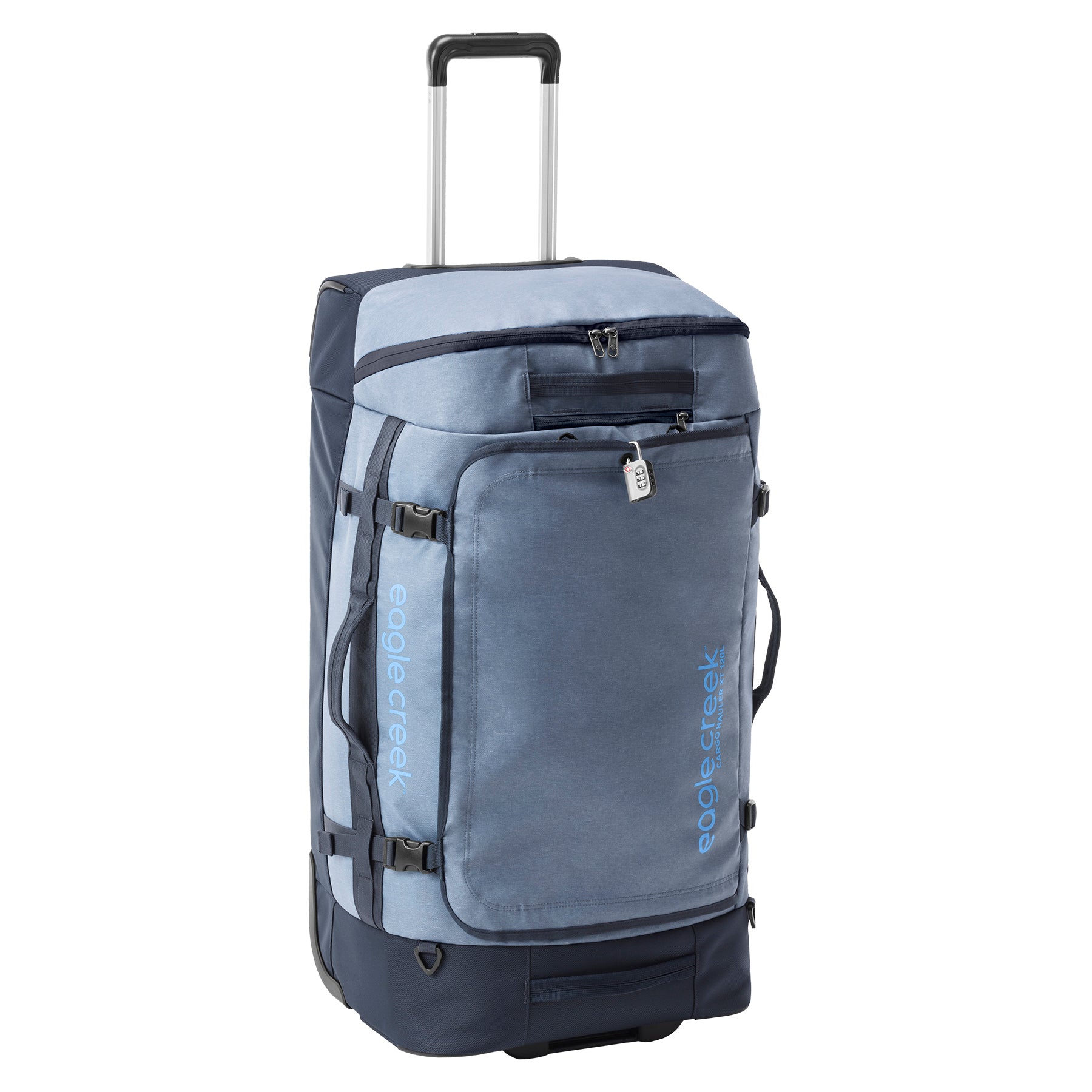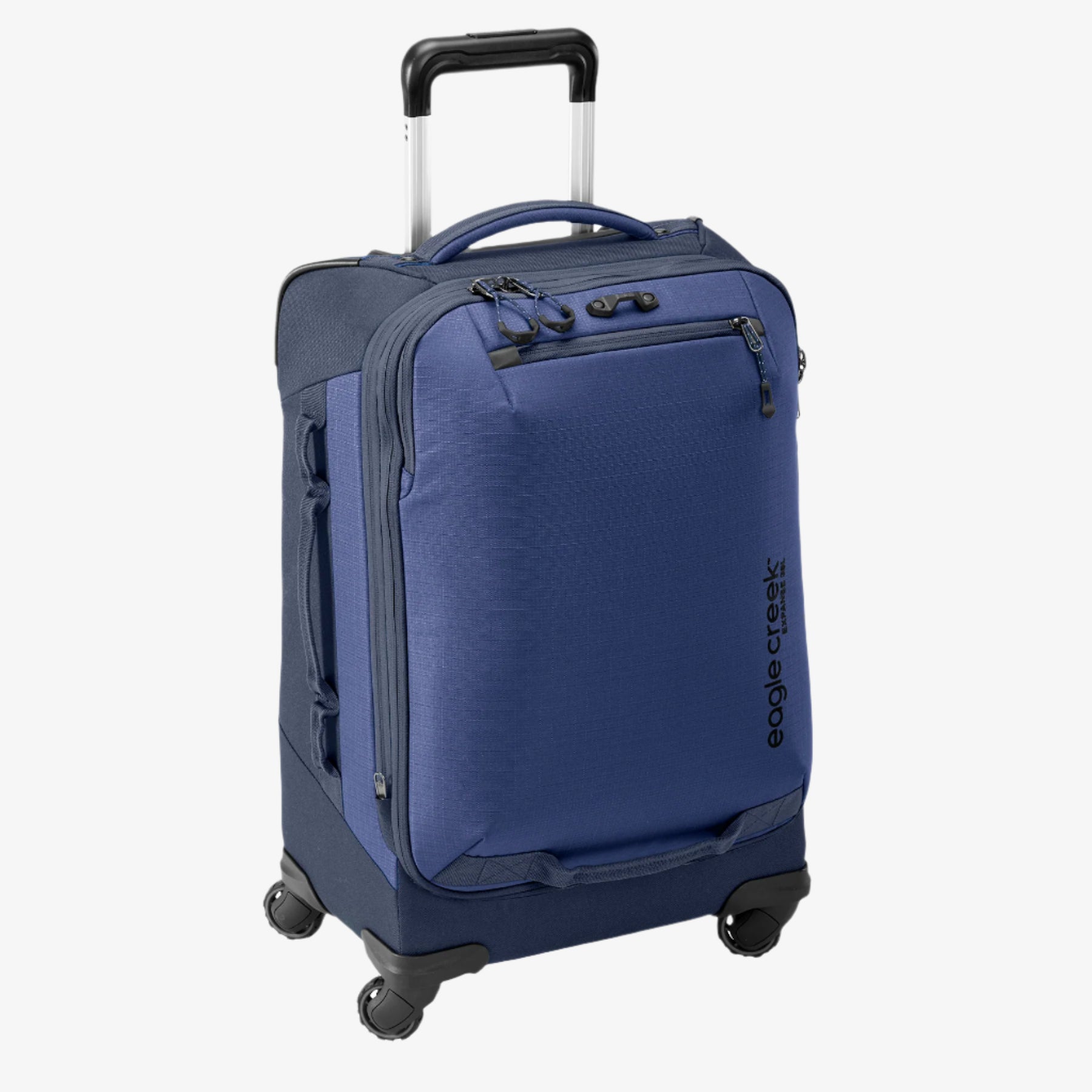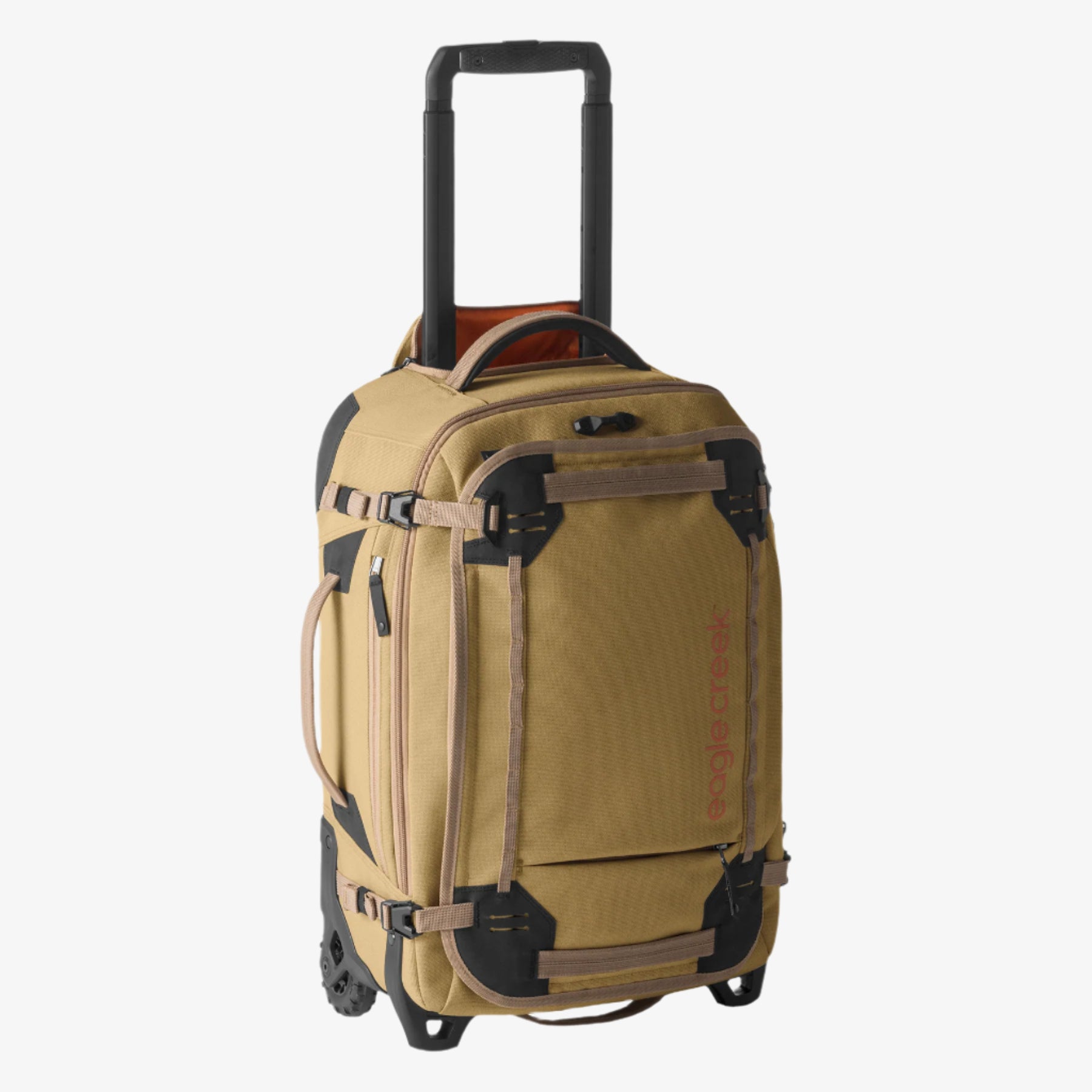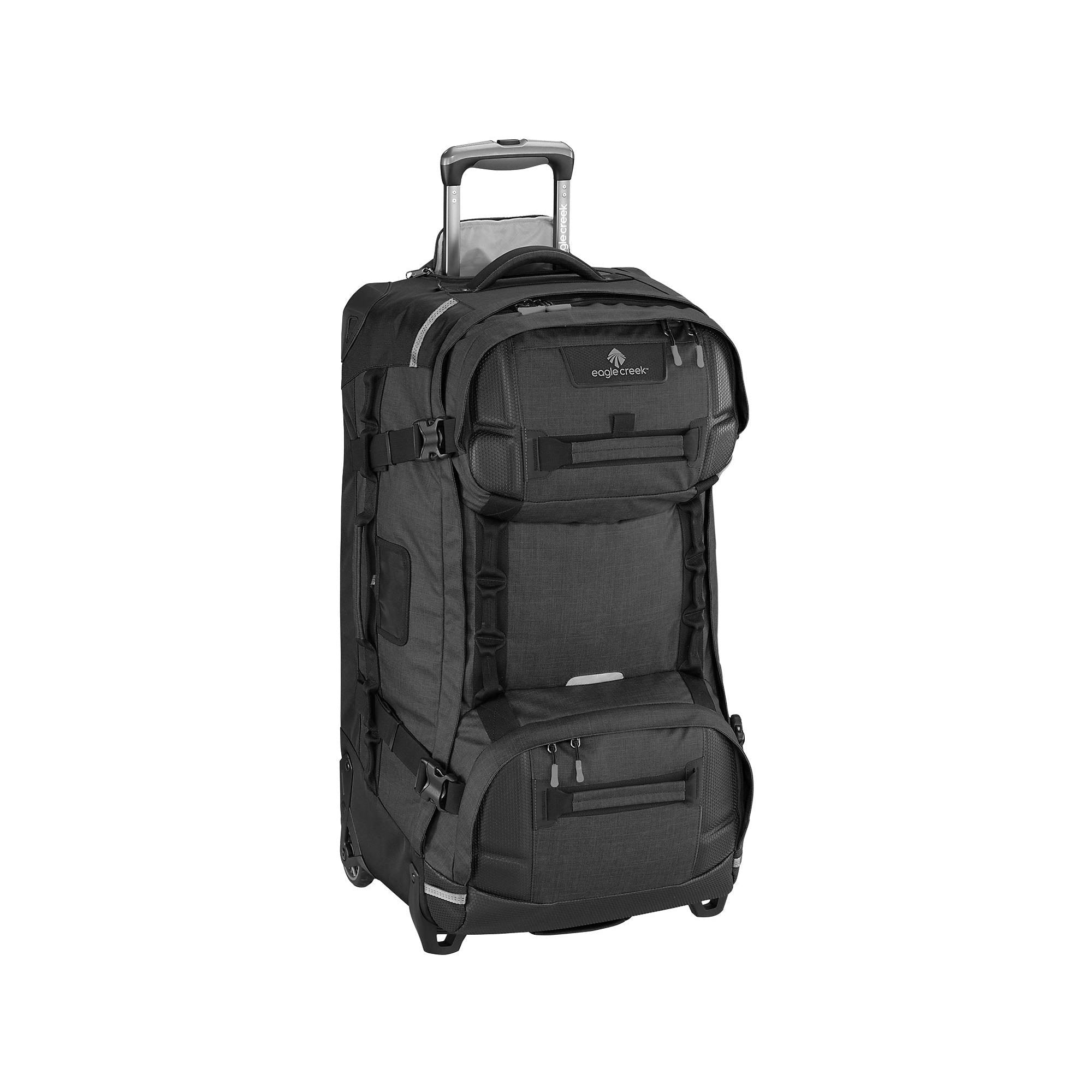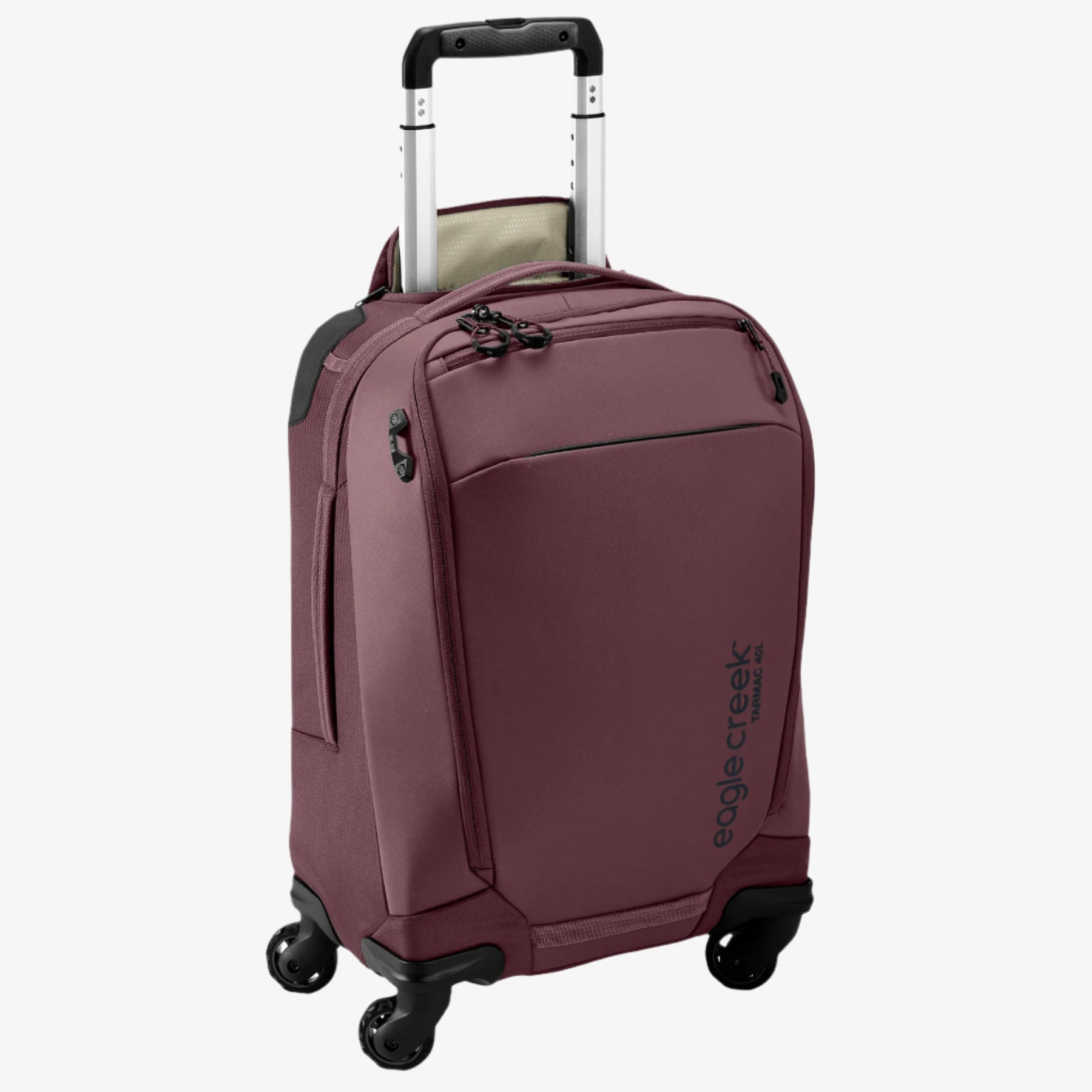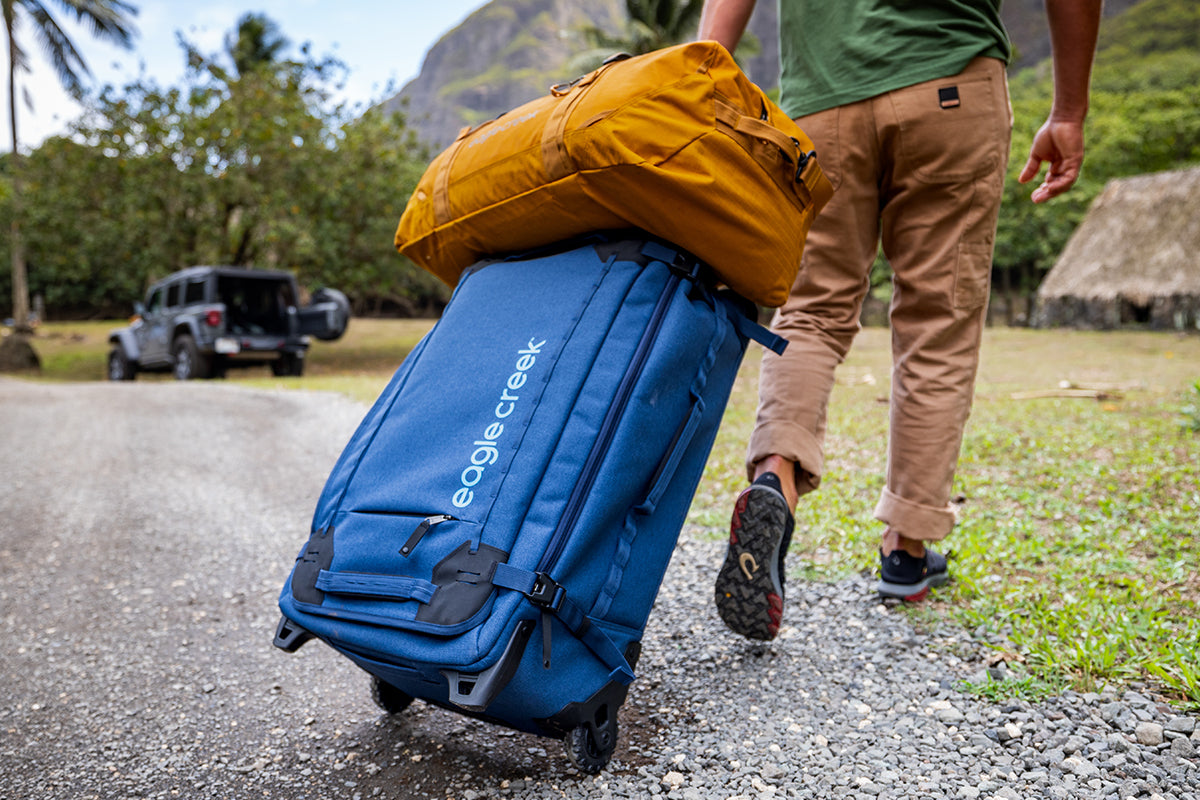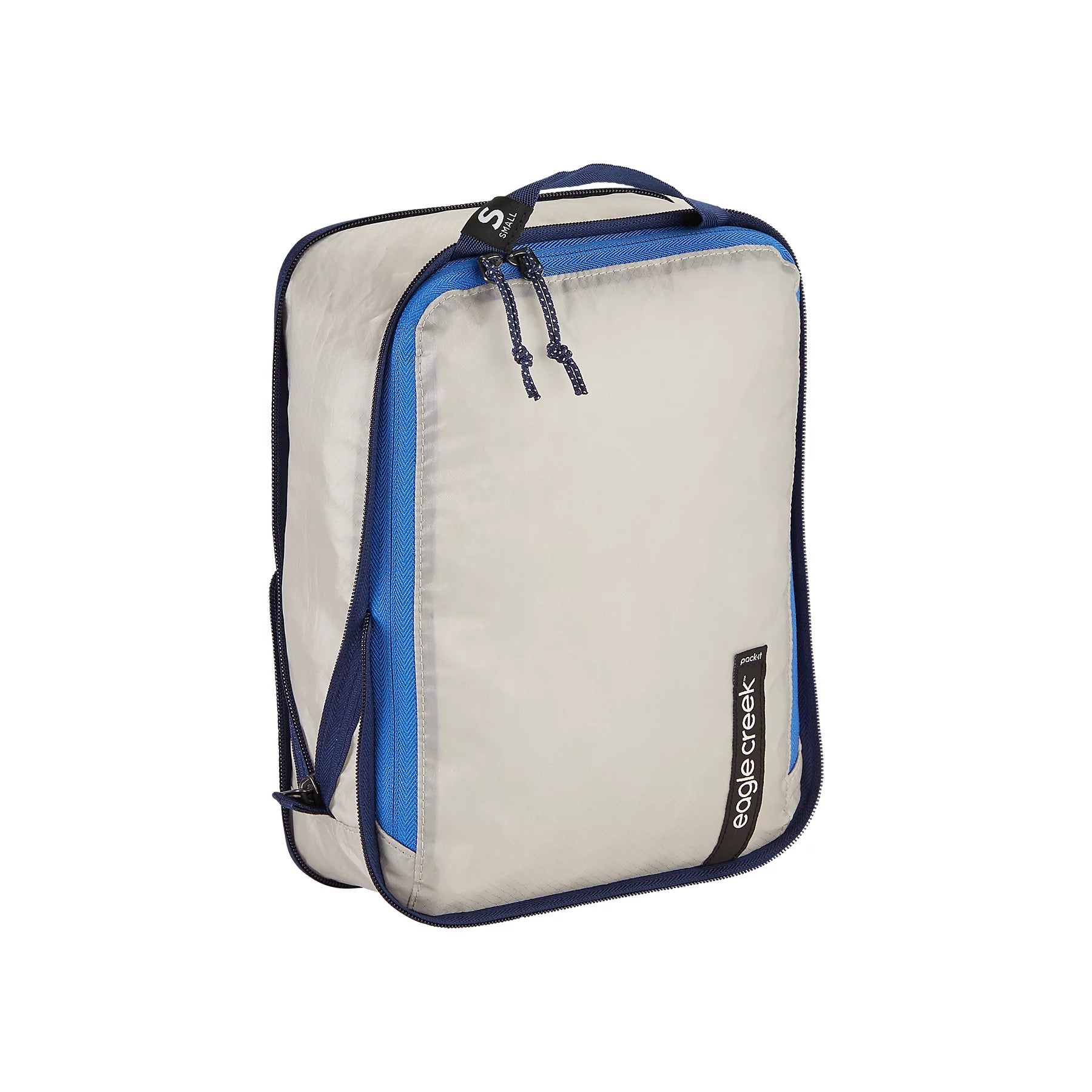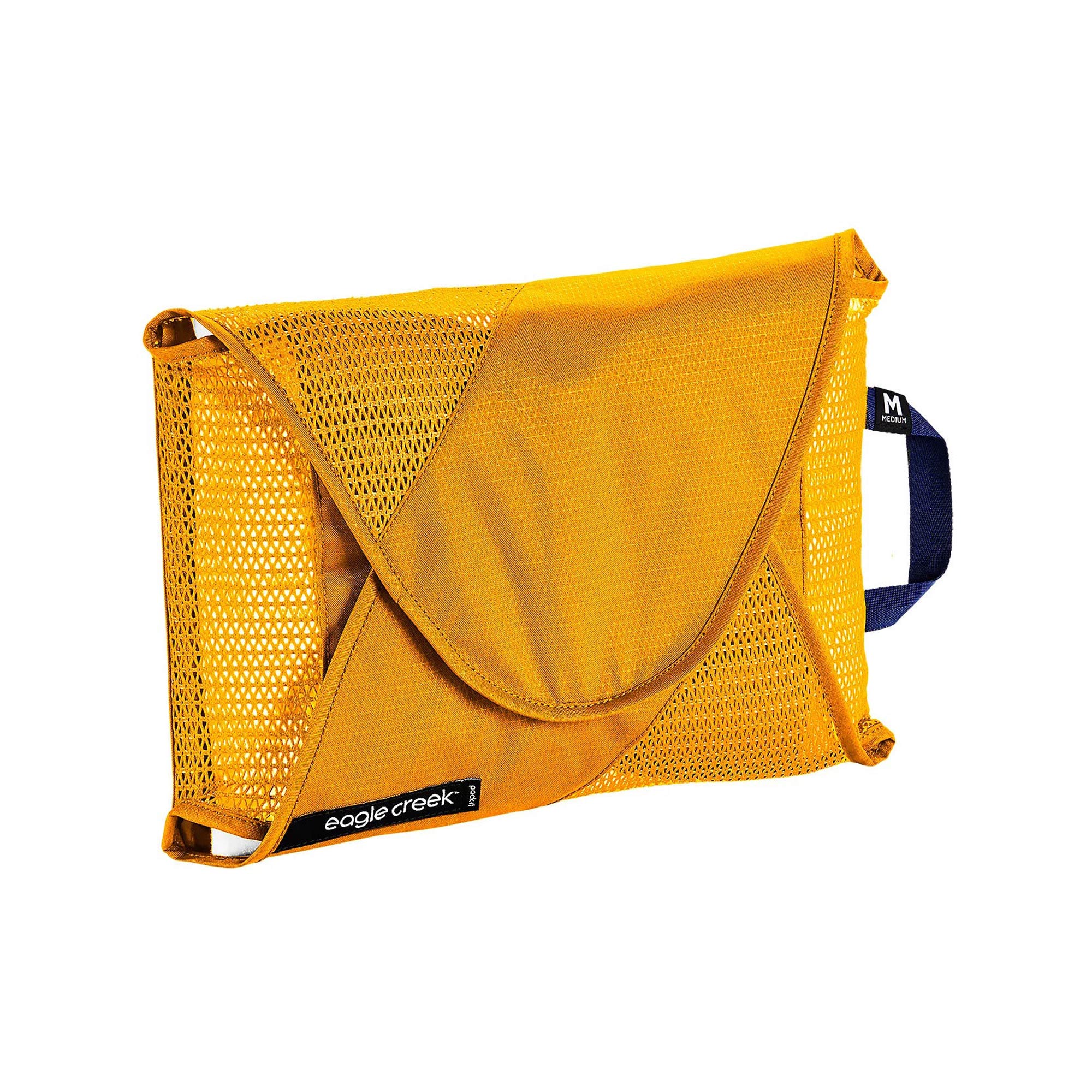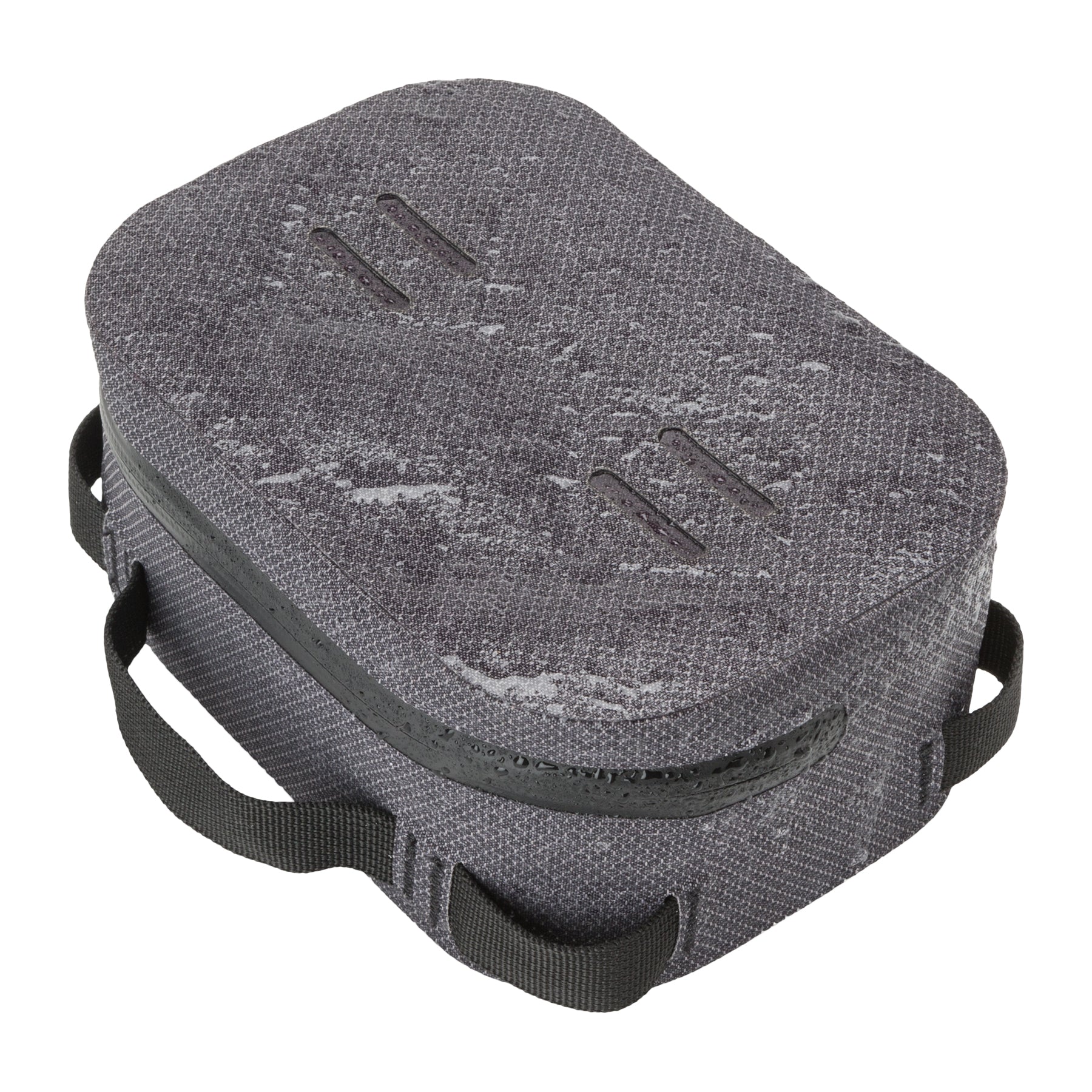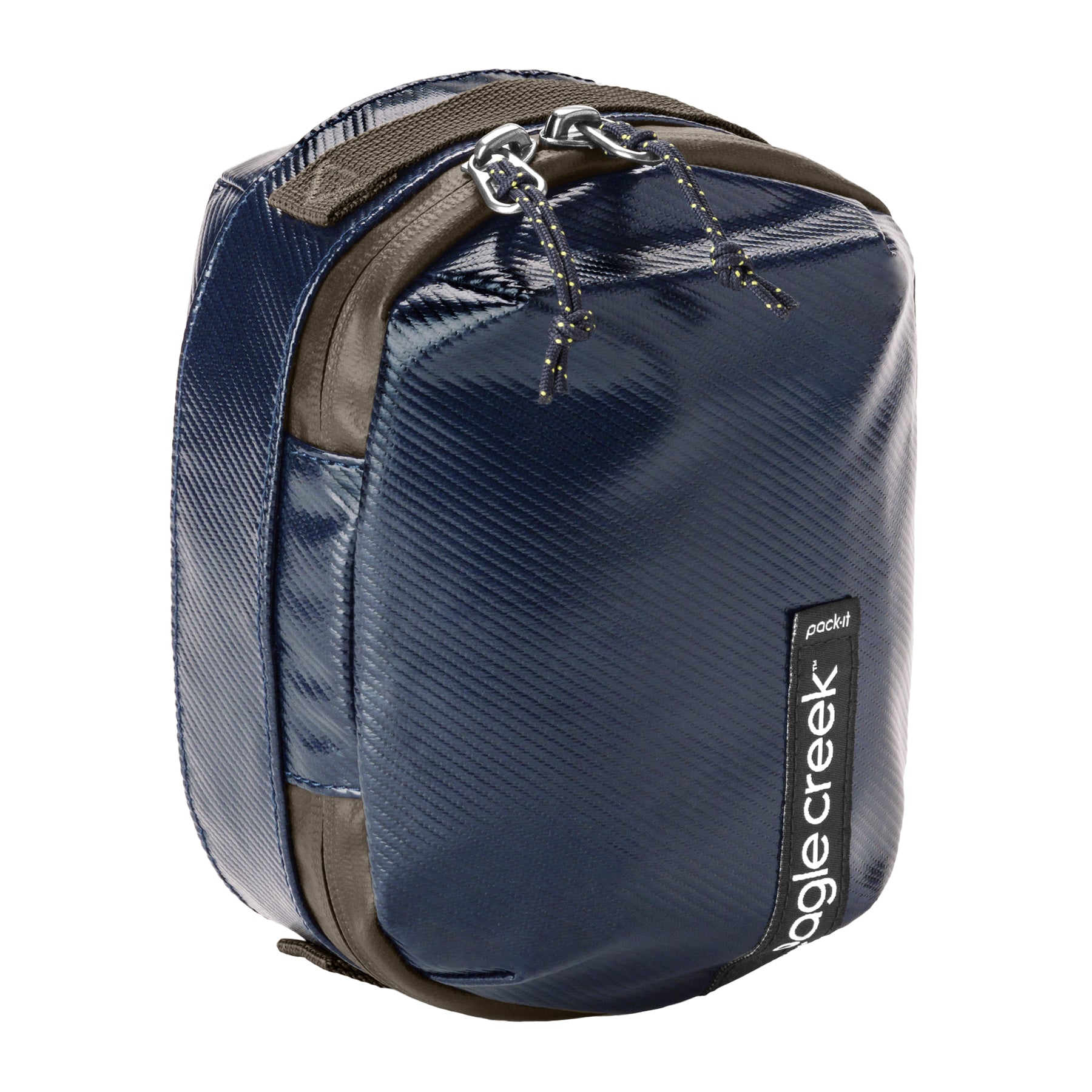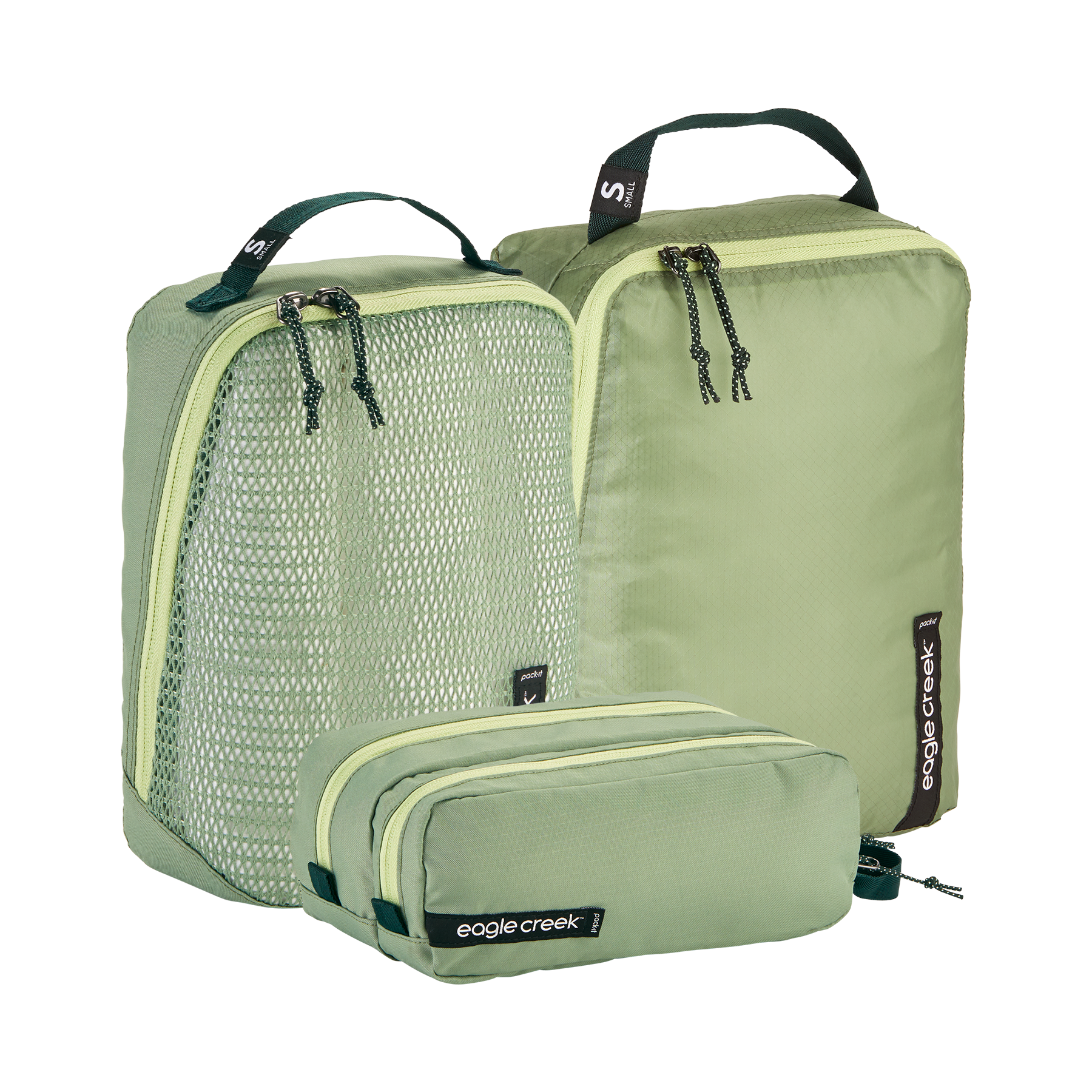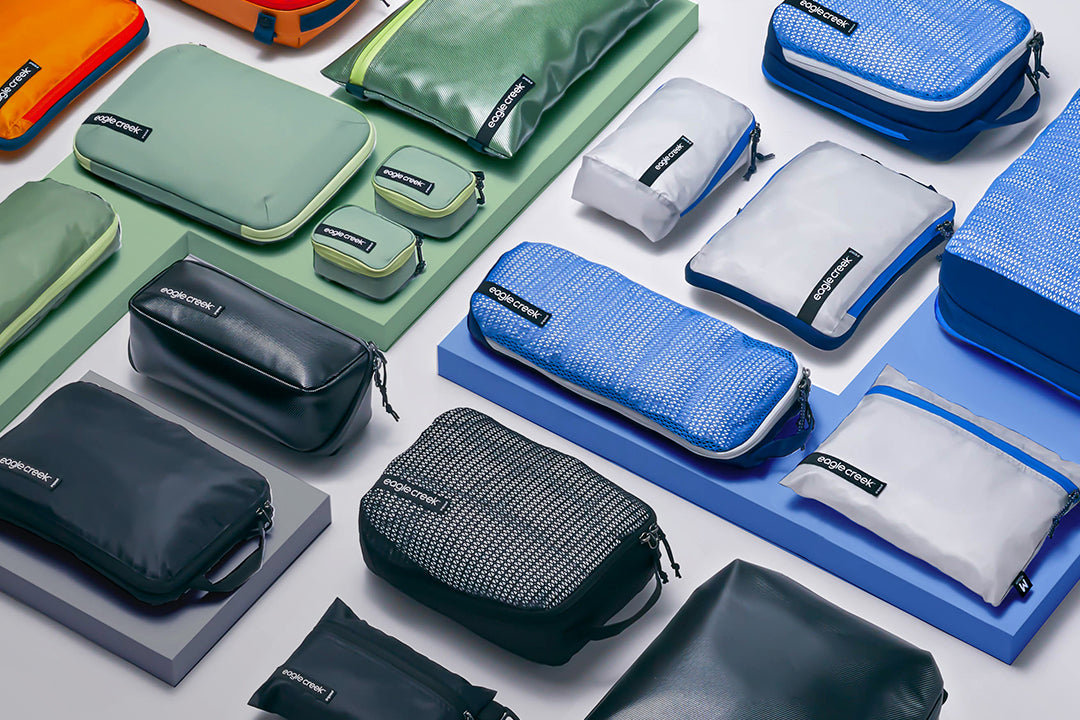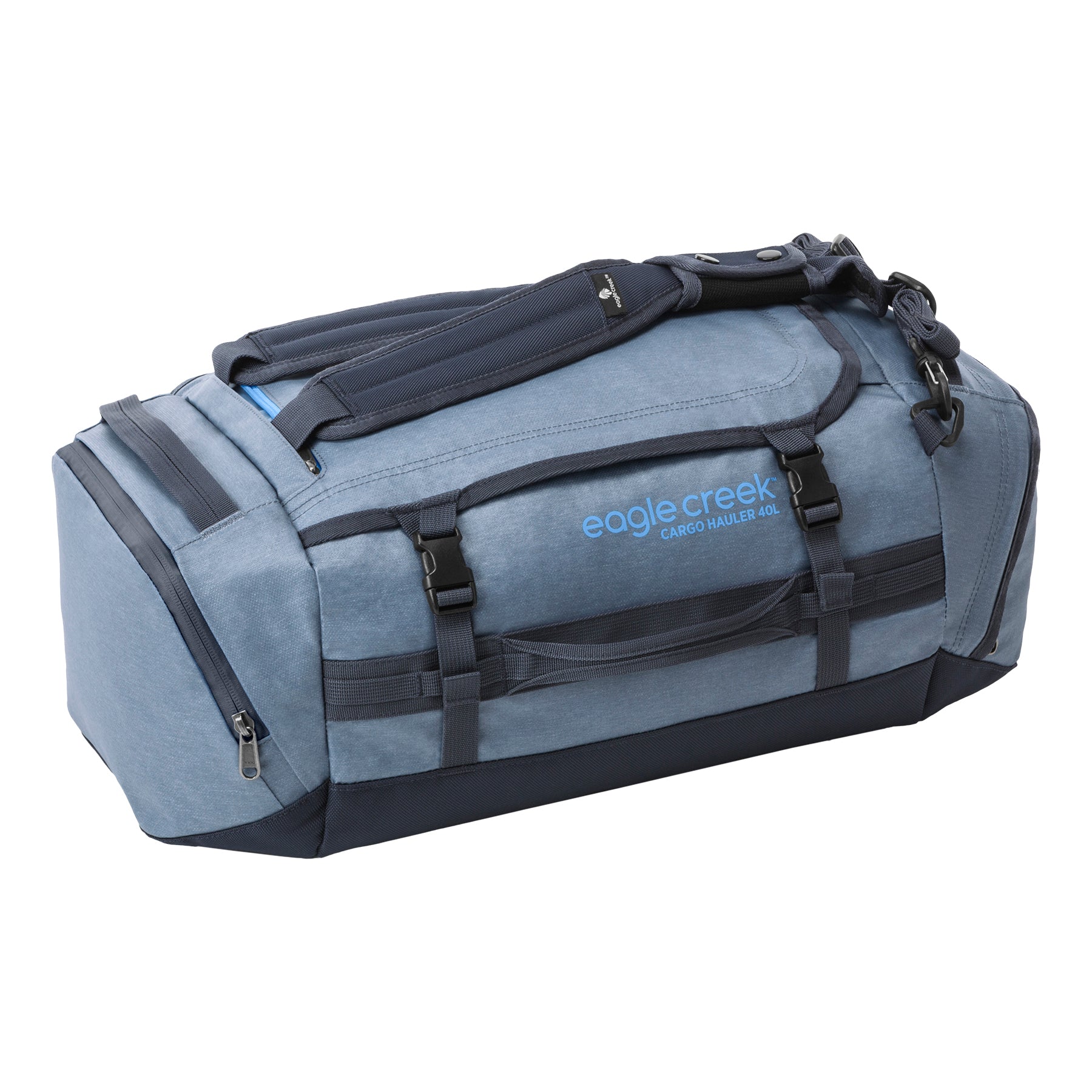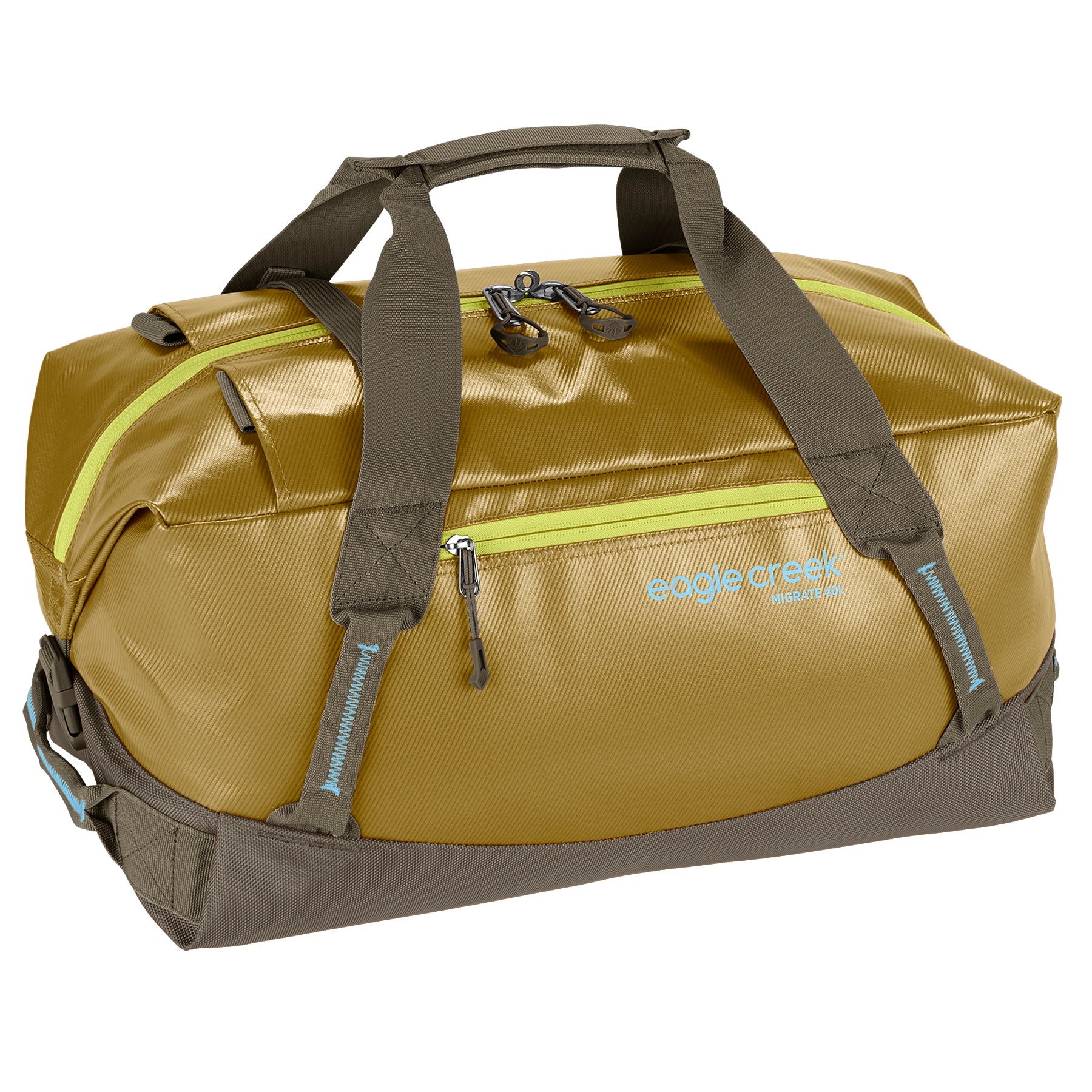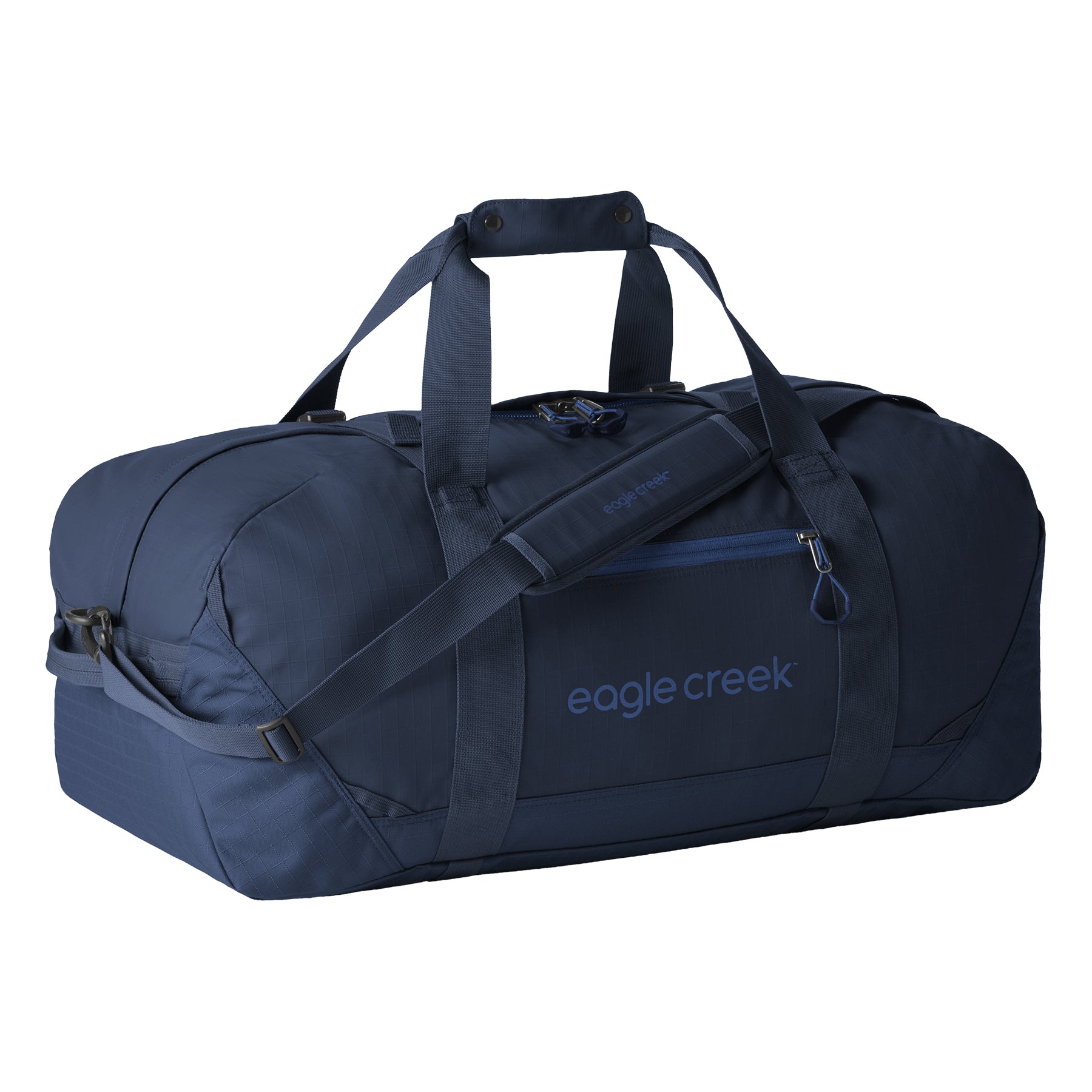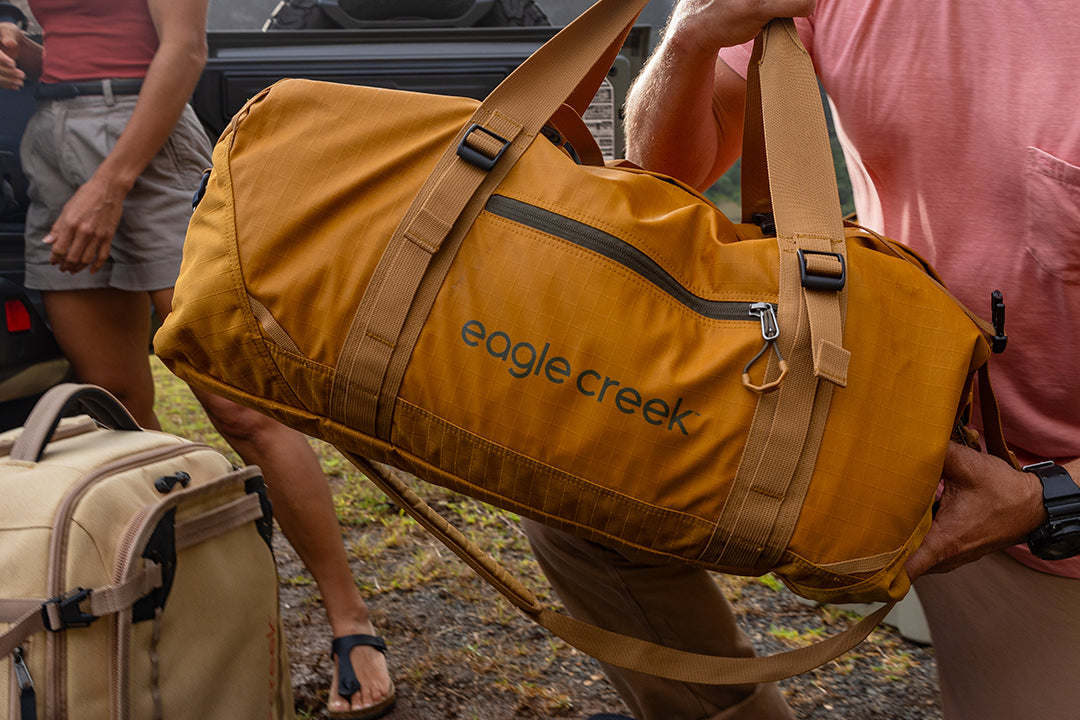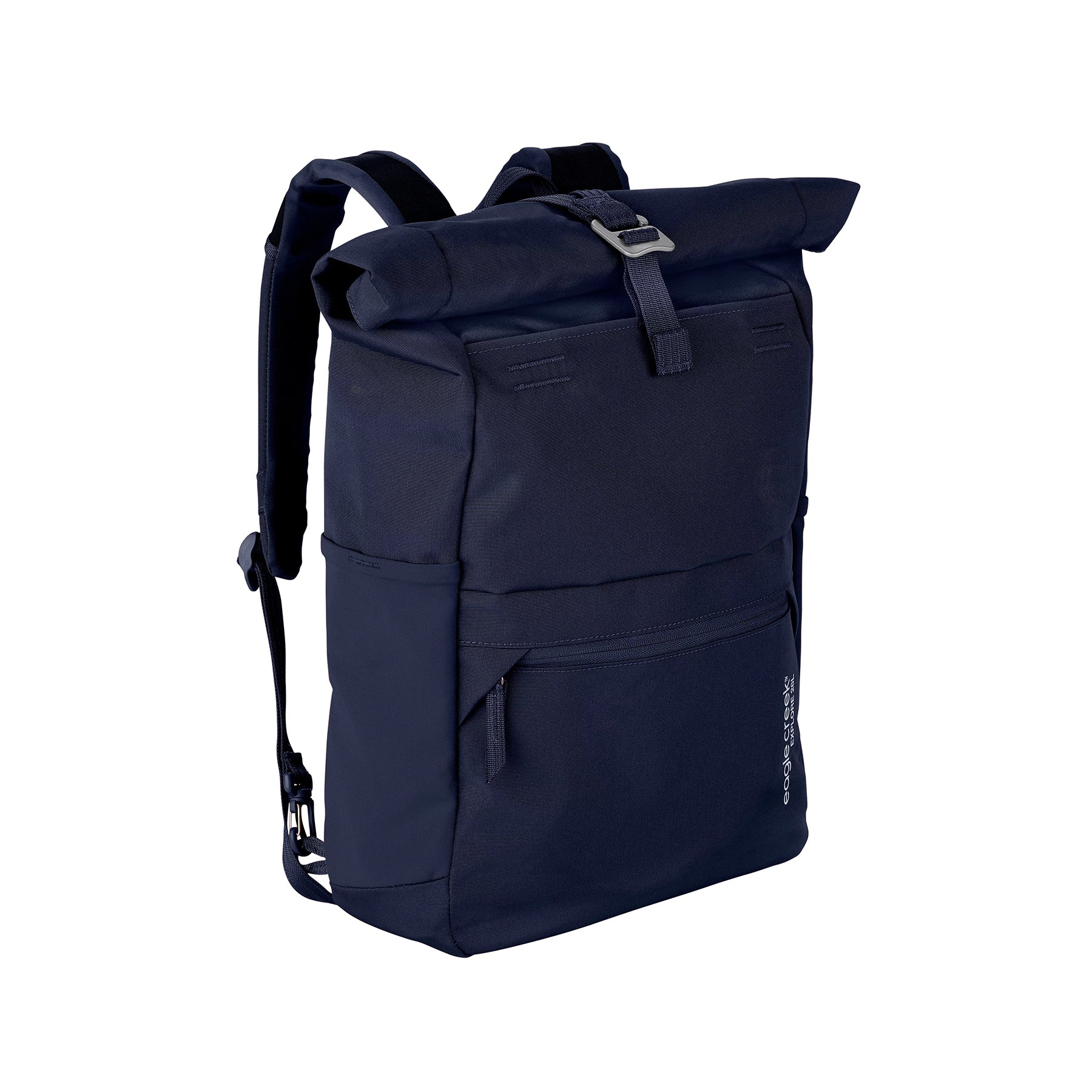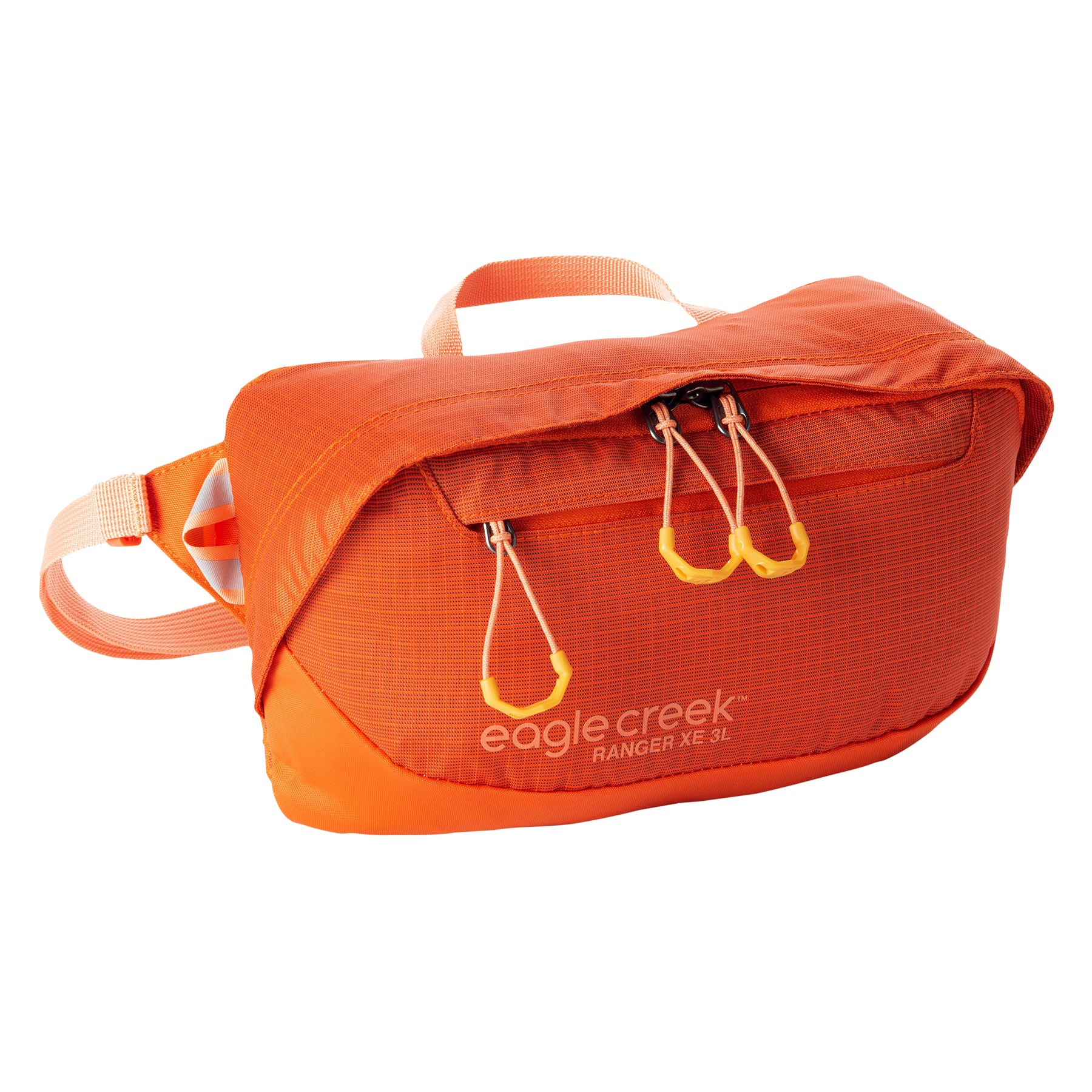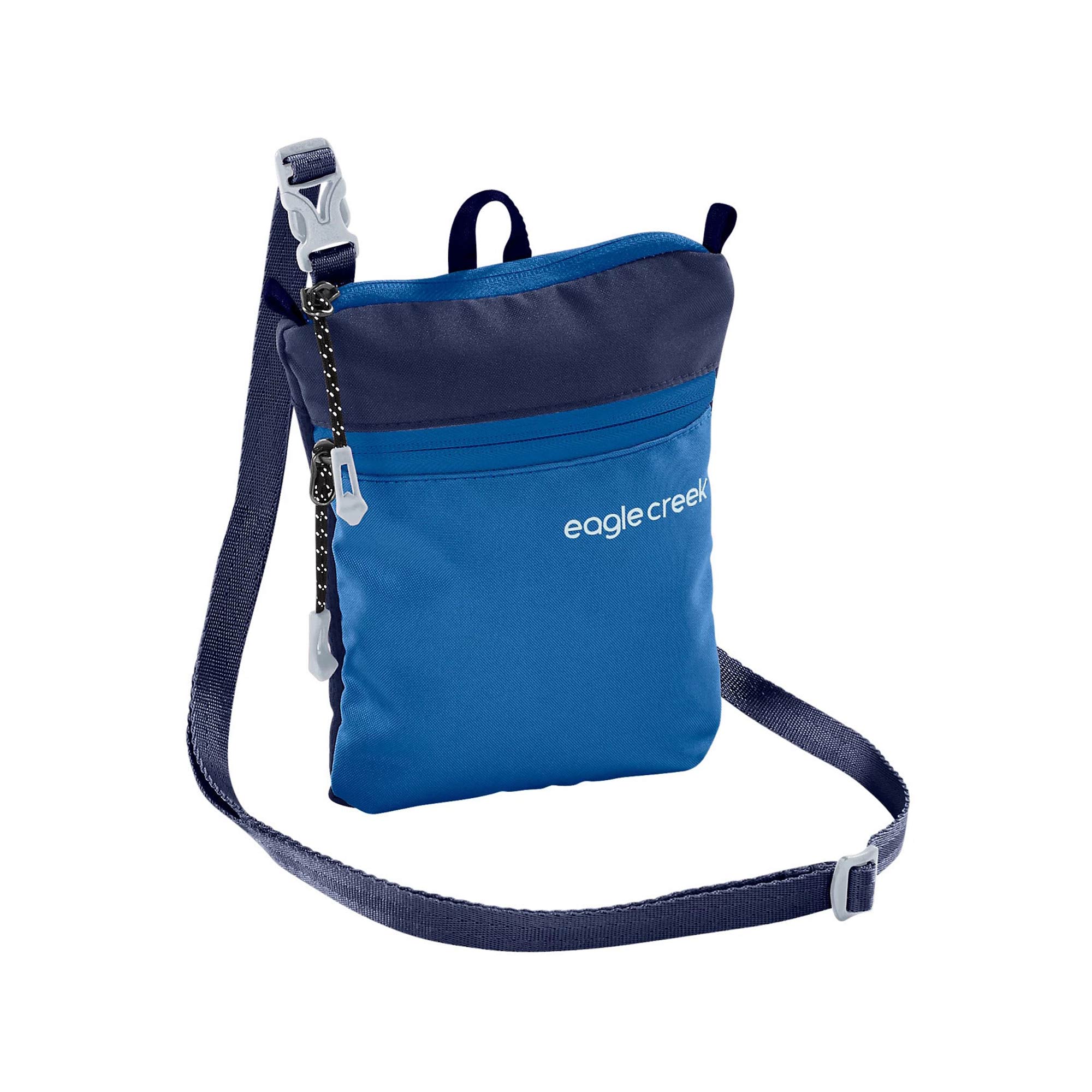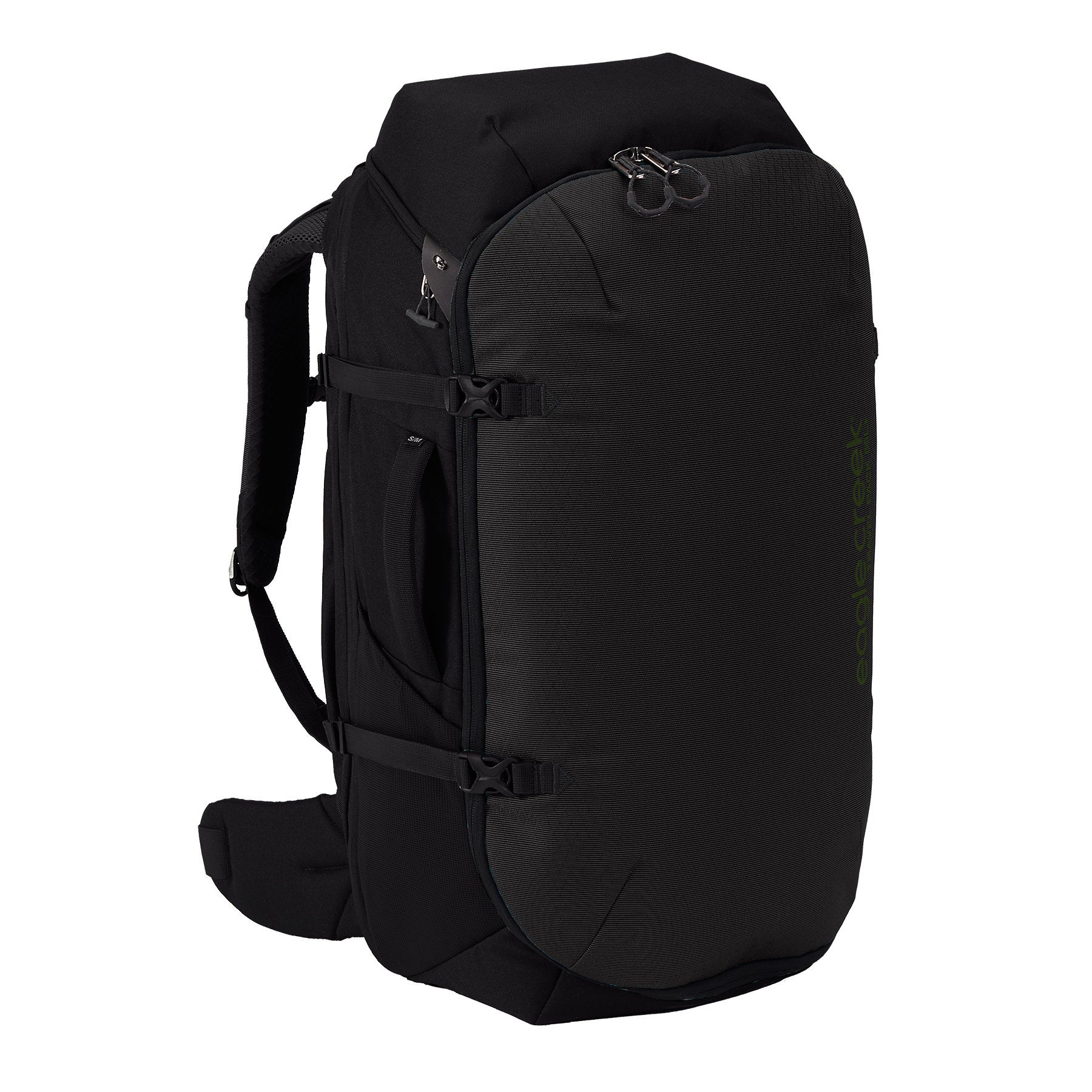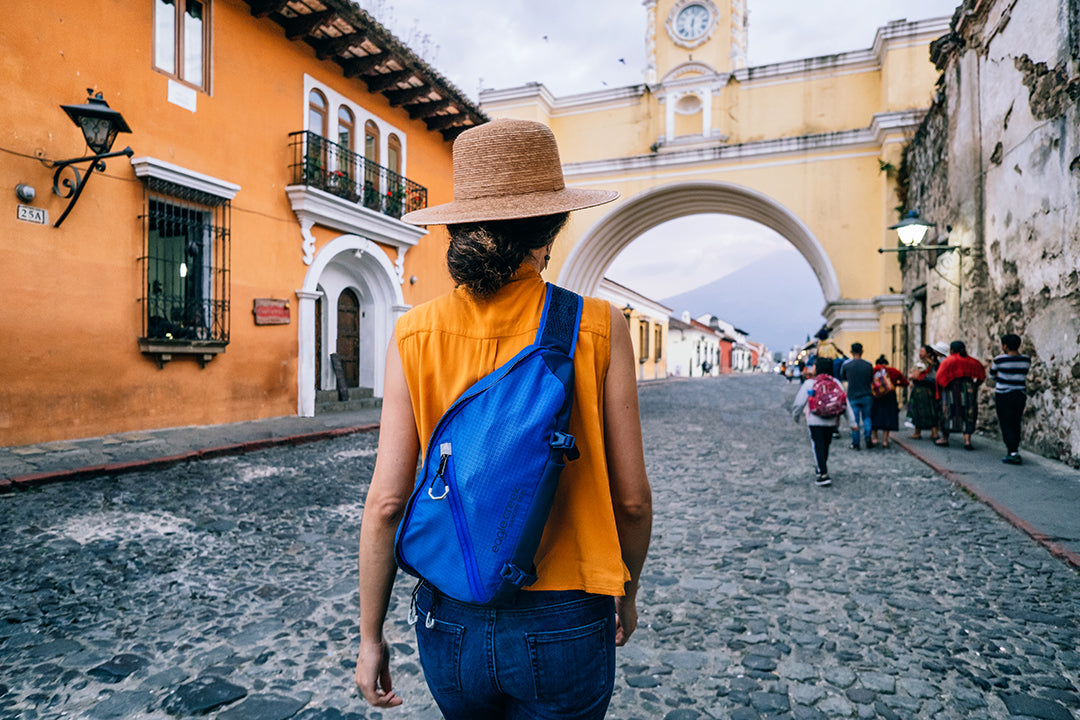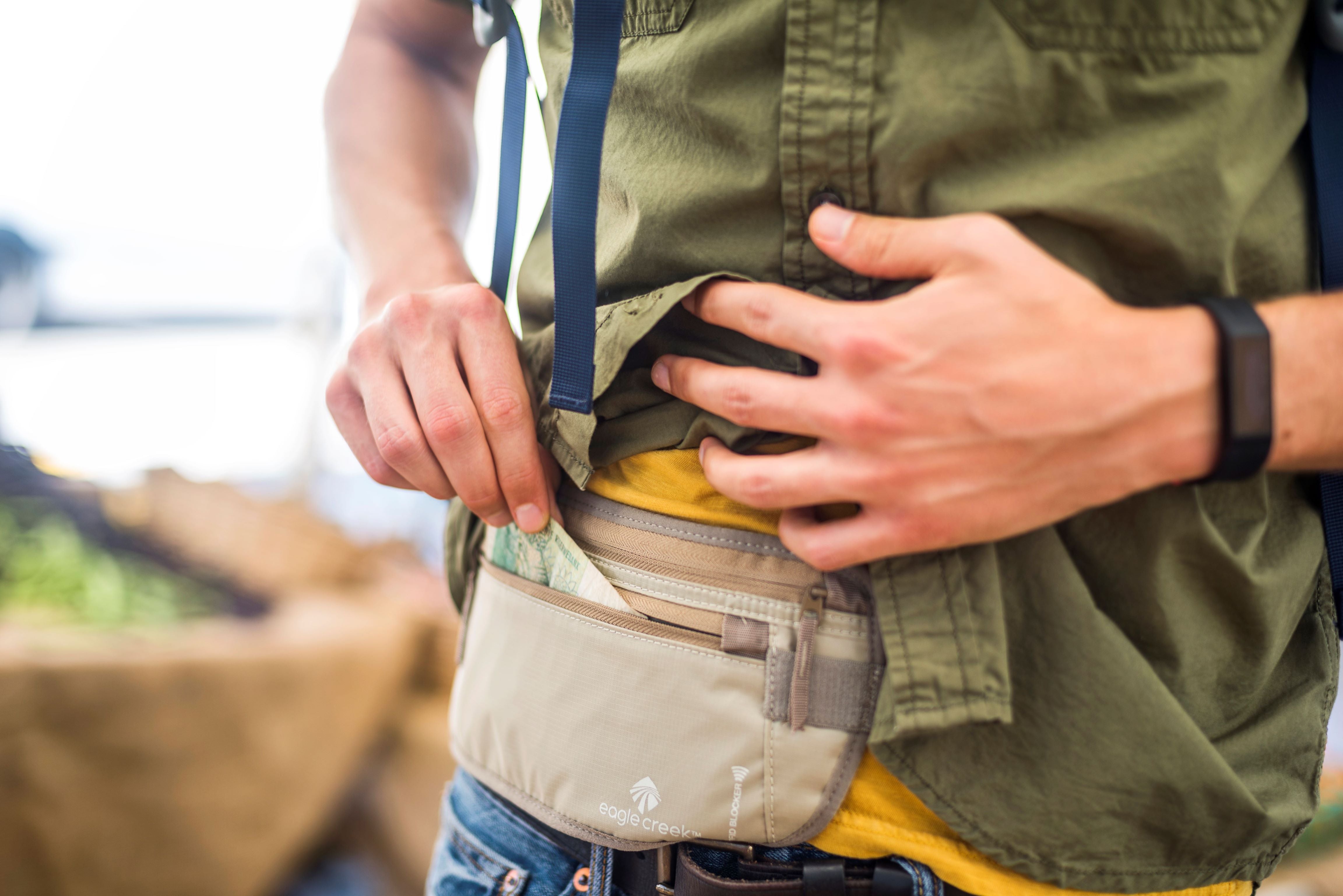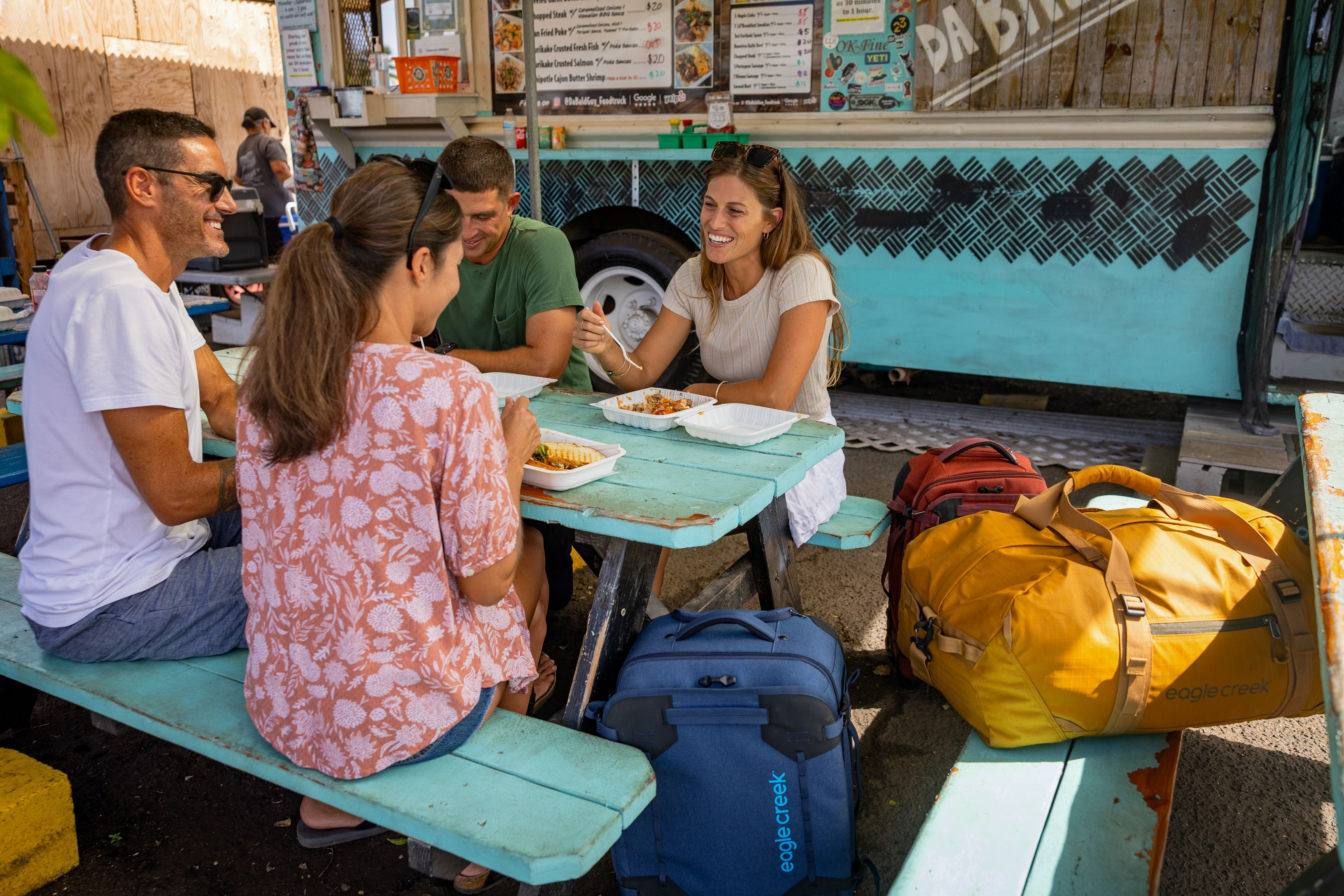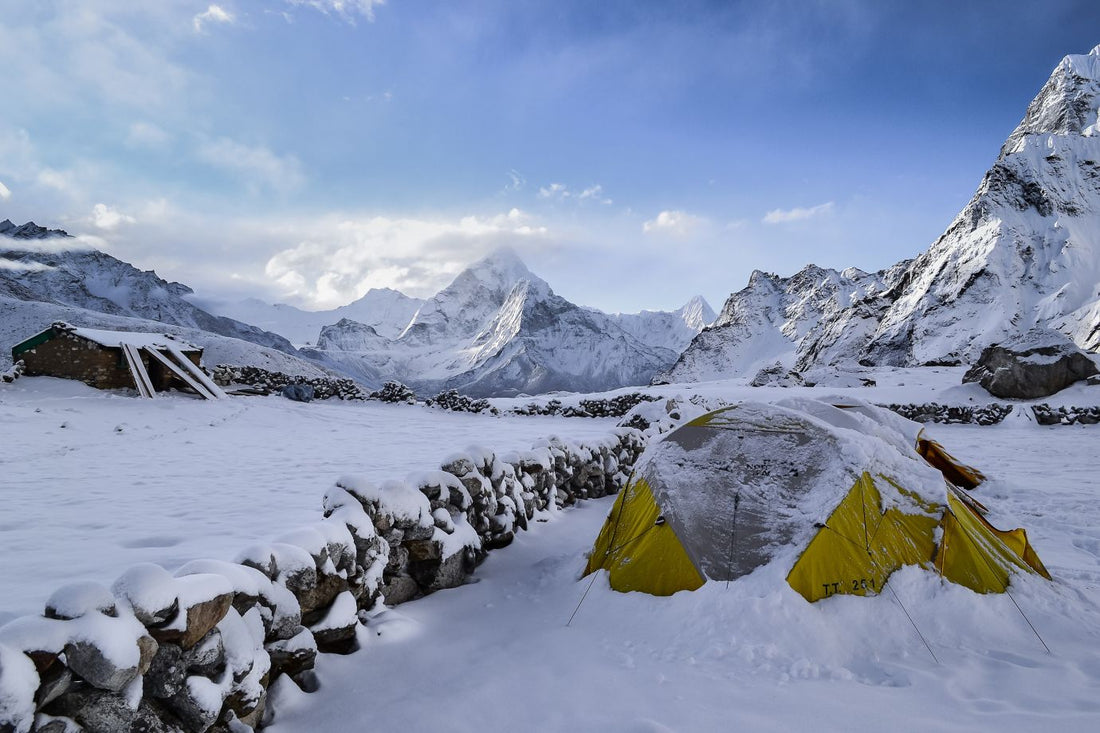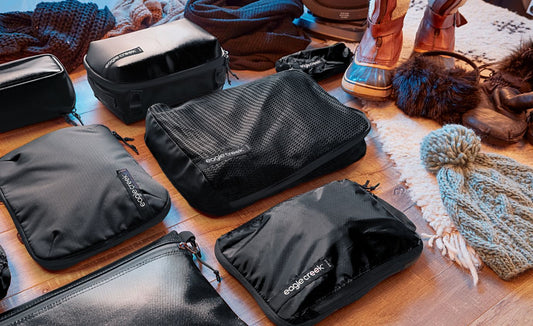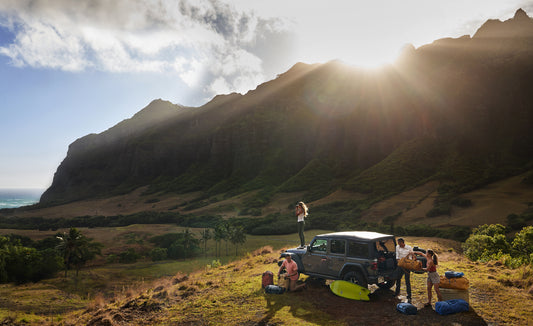Camping in cold weather is very comfortable when you take the proper steps to stay warm and dry. Making a few simple mistakes can, however, create a disastrous and miserable camping trip. You don’t want to end up frozen solid by morning because you underestimated the elements by failing to check an updated weather forecast before leaving home!
No matter what camping gear you pack, always check the most recent weather forecast and prepare for the worst to avoid a long night of freezing in your sleeping bag.
1. Don’t Forget to Insulate
It’s all about the insulation when it comes to sleeping out in the cold. Tent campers will benefit from a double walled winter tent and an insulated sleeping pad—these are camping essentials. If possible, hang blankets or sheets to beef up the wall insulation. Be cautious however and avoid overloading the tent poles with weight. Even a thin blanket or sheet will help to insulate, however, and it easily increases the comfort level inside by 10-degrees.
For those car camping, road tripping, or overlanding during winter, insulating a vehicle is also easy and the difference is immediately noticeable. Hang blankets on the side walls and still use an insulated sleeping pad or thick camping mattress inside of the vehicle. Covering thin-walled tent fabric and cold car windows makes for a much better cold-weather camping experience.
Key winter camping essentials: insulated sleeping pad, camping mattress, extra blankets for insulation
2. Remember to Ventilate
Moisture is the enemy in cold weather and any water present in your camp is likely to freeze solid. After spending your day enjoying the outdoors, change out of sweaty, snow covered clothing. Keeping a dedicated dry sleeping outfit is a good idea. Pack your night clothes in a small packing cube and store it inside your sleeping bag during the day to make it easy to change and can get cozy at night. Alternatively, to stay more organized while camping and guarantee everything stays dry, store your dry clothing and gear inside rugged, water-resistant packing cubes, and keep those in protected and organized within your duffel bag. A water-resistant duffel bag ensures everything is doubly protected from moisture and the elements.
The other major issue with moisture is condensation. Your breathing releases moisture into the air and it freezes without proper ventilation. It’s not uncommon for unprepared winter campers to wake up to car windows frosted from the inside and tent walls with a visible layer of ice. It’s actually warmer to sleep with the windows cracked so that moisture can escape. Ventilate your space and the moisture can escape easily. A roof vent is the best means of escape, but simply cracking the car windows is often adequate.
Key winter camping essentials: water-resistant packing cubes, water-repellant duffel bag, a ventilation plan for your car or tent
3. Always Pack Extra Blankets
You can sleep comfortably in very cold climates by simply making a big nest of blankets, even without the expensive specialty camping gear. If you forget the extra blankets, it becomes more difficult to create a really warm space that traps the heat around your body. If you’re claustrophobic (like this writer!) and can’t zip a sleeping, it makes things difficult. But with a few extra blankets, even the most minimalist of campers can keep everything covered and warm.
Use a thick sleeping bag (cheap ones work fine here) as a base blanket then add your main sleeping bag with a nice foot pocket. Use your sleeping bag for the primary cover, then layer a bunch of blankets over the top. Lastly, take the base sleeping bag and try to roll the ends over the top layers to wrap yourself up like a big (warm) burrito.
Key winter camping essentials: extra blankets or sleeping bags, compression sacs to save space
4. Use a Heat Source
Heat sources are complicated while camping. Propane heat requires a heater that ventilates outside or a catalytic model meant for inside use. Regardless, these work OK but should not be run all night. They are great for heating up before bed and again in the morning, if needed.
Hand warmers work well for emergency heat and an extra boost inside of your sleeping bag. Consider placing one against your chest to keep a warm core on the coldest nights. Feet are also difficult to warm and while hand warmers can help, a bottle of hot water is hands down the best warming system available. Before bed, fill one or two reusable bottles with boiling hot water. Next, pull a big wool sock over each bottle. Place one in the foot of your sleeping bag and keep the other near your core.
These bottles deliver heat throughout the entire night. In the morning, they also provide water for drinking and making coffee. Other bottles left out are likely frozen, but your heat-warming water bottles will remain warm and ready for immediate use.
Key winter camping essentials: hand warmers, reusable water bottles, wool socks
If you want to extend the camping season and brave freezing winter temperatures, don’t make these common cold weather mistakes. Bundle up, stay dry, and use strategic layers and insulation to stay warm and cozy.
Related Links (from Eagle Creek blog):
